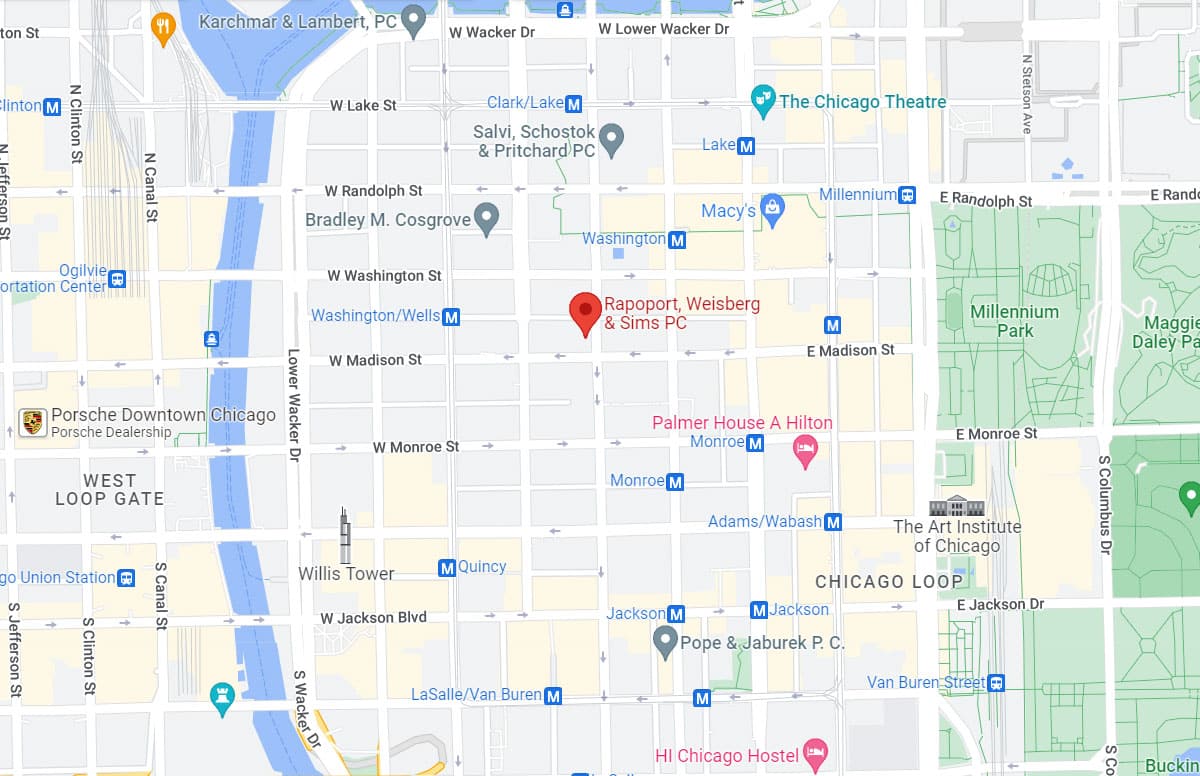This post is the second in a series of posts on the four most common factors that contribute to motor vehicle accidents.
After you’ve been in a car accident, it is not uncommon to question what caused the accident. You may second guess your own actions — could you have swerved out of the way fast enough to avoid it? You may wonder if some part of your equipment failed — did your brakes go out? You may look at the accident scene and think it was just a poorly designed road or intersection. Or maybe it was inadequately maintained and there was a large pothole that contributed to the moment.
It could very well be that your car accident was a result of any or all of these contributing factors. In fact, one of the four most common factors that contribute to motor vehicle accidents is roadway design.
Across the country, a lot of planning goes into designing transportation infrastructure. Consulting and engineering firms nationwide, such as the Texas Transportation Institute, have worked to create safer railroad crossings, utility poles and guardrails. Municipal governments work closely with engineers and law enforcement to tailor traffic management systems to their local communities.
When roadways are designed a number of items are carefully considered, including:
•· Visibility. How difficult is it for drivers to see potential hazards at intersections, when merging, over bends, around curves, in school zones? Could visibility be further impacted by animals, road construction or disabled vehicles?
•· Roadway surfaces. Should different surfaces be used to allow for slower or faster traffic speeds? Does the sound of traffic need to be muted? Is it easy to tell where the shoulder begins? Is the shoulder grated to warn fatigued drivers they have drifted off the main roadway?
•· Signage. Are all potential road hazards labeled? Do double lines and signs properly signal no passing zones? Are crosswalks easily recognizable? Do traffic signals exist where traffic volume warrants it?
•· Traffic flow. How many lanes are needed based on traffic volume?
All of these questions and more are generally considered when roads are built. But that does not prevent something from falling through the cracks or unforeseen circumstances from occurring. The best that drivers can do is make it a point to be aware of their surroundings and do their best to avoid dangerous circumstances.
To read more on the causes of car accidents, check out an upcoming post on poorly maintained roads.
Source: SmartMotorist.com, “What Causes Car Accidents?“
